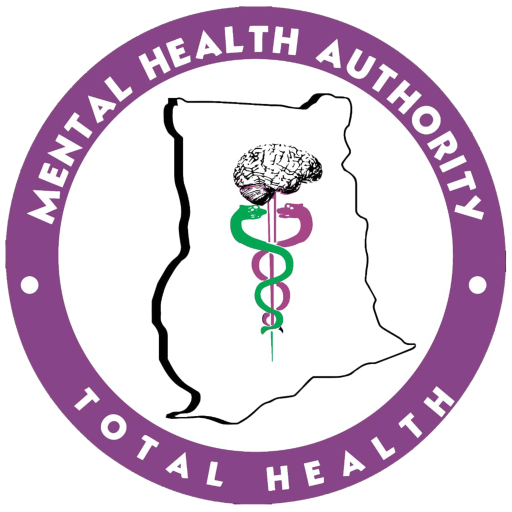The Estate Unit at Pantang Hospital is responsible for managing and maintaining the hospital’s physical infrastructure, ensuring that the hospital’s buildings, grounds, and facilities are safe, functional, and well-maintained. The unit plays a key role in providing a conducive environment for both patients and staff.
Key Responsibilities:
Facility Maintenance
- Overseeing the regular maintenance and repairs of hospital buildings, including electrical systems, plumbing, and HVAC systems.
- Ensuring that the hospital environment remains safe, clean, and well-maintained at all times.
Grounds and Landscaping Management
- Managing the upkeep of the hospital’s outdoor spaces, including landscaping, gardens, and parking areas.
- Ensuring that the grounds are aesthetically pleasing and provide a comfortable environment for patients and visitors.
Space Allocation and Utilization
- Managing the allocation of space within the hospital, ensuring that departments have the appropriate facilities to operate efficiently.
- Overseeing any necessary changes or reconfigurations of space to meet the evolving needs of the hospital.
Health and Safety Compliance
- Ensuring that the hospital’s facilities comply with health and safety regulations.
- Conducting regular safety inspections and making necessary improvements to ensure a safe working and healing environment.
Security and Access Control
- Managing the security systems of the hospital, including surveillance, access control, and emergency response procedures.
- Coordinating with security staff to ensure the safety of patients, staff, and visitors.
Equipment Management
- Overseeing the proper maintenance and servicing of non-medical equipment, including hospital furniture, transportation vehicles, and facility machinery.
- Ensuring that all equipment is in good working condition and safe to use.
Environmental Sustainability
- Implementing and monitoring initiatives aimed at reducing the hospital’s environmental footprint, such as energy-saving projects, waste reduction, and sustainable building practices.
- Promoting eco-friendly practices within hospital operations.
Emergency Preparedness
- Developing and implementing emergency preparedness plans for the hospital’s physical infrastructure.
- Ensuring that the hospital is prepared for emergencies such as fire, flooding, or electrical outages, and that staff are trained to handle such situations.
Facility Planning and Expansion
- Assisting with the planning and design of new buildings or renovations to support the hospital’s growth.
- Coordinating with architects, contractors, and other stakeholders to ensure successful project completion within budget and on time.
Budgeting and Cost Management
- Managing the budget for the hospital’s facilities and ensuring that expenses related to estate management are within budget.
- Identifying cost-saving opportunities while maintaining the quality and functionality of the hospital’s infrastructure.

